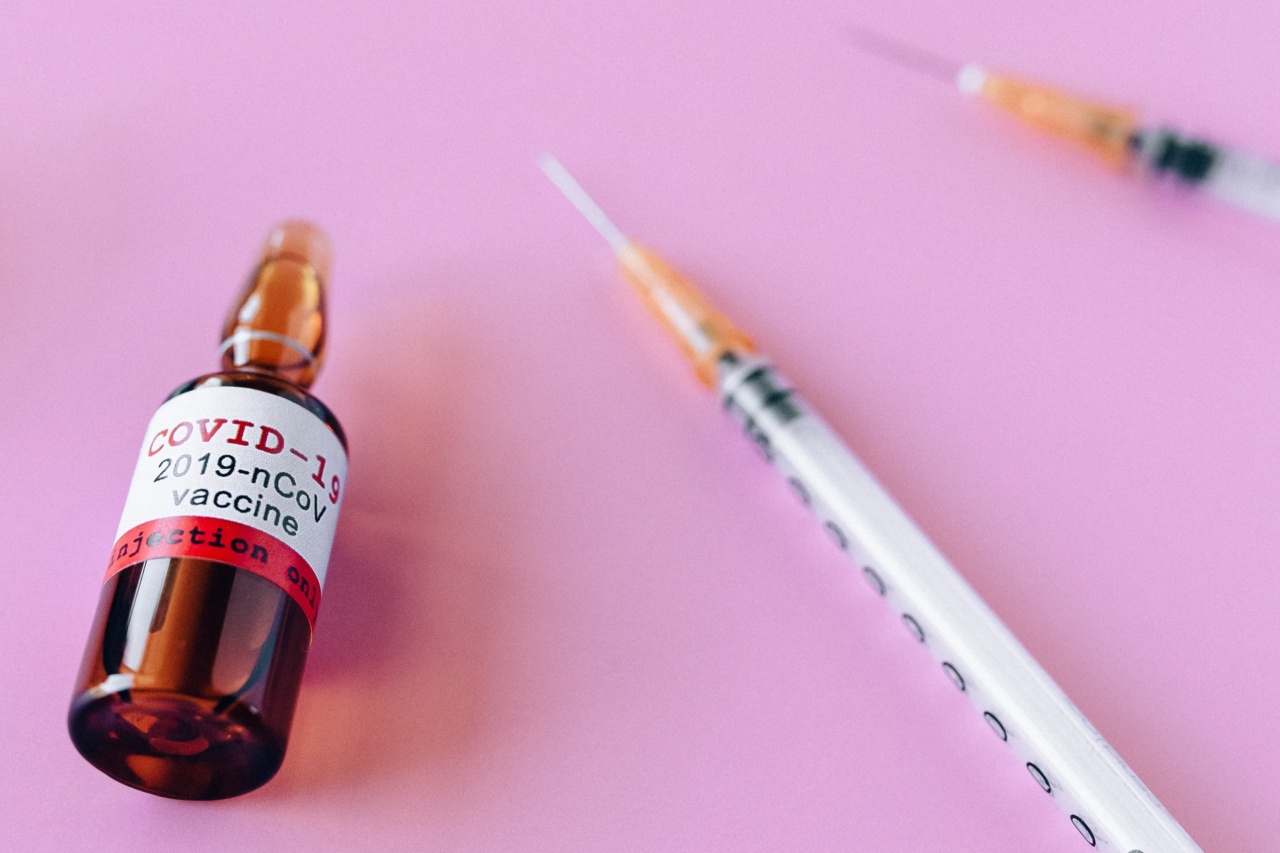The flu virus, also known as influenza, is a highly contagious viral infection that affects the respiratory system. Understanding the stages of the flu virus life cycle can help in preventing and controlling the spread of this illness.
This article will explore the different stages that the flu virus goes through from initial infection to transmission from one person to another.
Stage 1: Entry and Attachment
The first stage of the flu virus life cycle begins when the virus enters the body through the nose, mouth, or eyes. The flu virus primarily spreads through respiratory droplets produced when an infected person coughs, sneezes, or talks.
The virus then attaches to the respiratory cells lining the airways and begins to invade and replicate within them. This process usually takes about one to four days.
Stage 2: Replication
During the replication stage, the flu virus utilizes the host cell’s machinery to produce copies of itself. The virus takes control of the host cell and uses its resources to synthesize viral proteins and replicate its genetic material.
The flu virus can replicate rapidly, producing thousands of new copies within a single infected cell.
Stage 3: Release
Once the replication is complete, the newly formed influenza virus particles are released from the infected host cell. They then go on to infect neighboring cells or are expelled from the respiratory tract when the infected person coughs or sneezes.
These released viruses can survive in respiratory secretions and on surfaces for a few hours, increasing the risk of transmission to others.
Stage 4: Transmission
The transmission stage of the flu virus life cycle involves the transfer of the virus from an infected person to a susceptible individual. This can occur through direct or indirect contact with respiratory droplets containing the virus.
Direct contact may happen when an infected person coughs or sneezes near another person, while indirect contact may occur when someone touches a contaminated surface and then touches their mouth, nose, or eyes.
Stage 5: Invasion
Once the flu virus enters a new host, it invades the respiratory cells in the nose, throat, and lungs. The virus binds to specific receptors on the host cell’s surface, allowing it to enter and infect the cell.
The invading virus begins its replication process, leading to the onset of flu symptoms in the infected individual.
Stage 6: Symptom Development
The symptoms of the flu typically appear within one to four days after infection. Common flu symptoms include fever, cough, sore throat, body aches, headache, fatigue, and sometimes gastrointestinal symptoms like vomiting and diarrhea.
These symptoms are the body’s immune response to the viral infection.
Stage 7: Shedding
During the shedding stage, the infected person continues to release infectious flu virus particles into the environment. Shedding can start just before symptom onset and continue for up to a week or longer in some cases.
Infected individuals are most contagious during the first three to four days after illness onset, but they can still spread the virus as long as they show symptoms.
Stage 8: Immune Response
As the immune system recognizes the presence of the flu virus, it mounts an immune response. White blood cells produce specialized molecules called antibodies that neutralize the virus and help clear it from the body.
This immune response can result in a reduction in viral replication and a gradual improvement in symptoms over time.
Stage 9: Recovery
Most people with the flu recover within one to two weeks without any medical treatment.
However, certain individuals, such as the elderly, young children, pregnant women, and those with underlying health conditions, may experience more severe flu symptoms and complications. It is important to rest, stay hydrated, and seek medical attention if necessary to aid in the recovery process.
Stage 10: Seasonal Variations
The flu virus demonstrates seasonal variations, with higher infection rates during colder months in many parts of the world.
This seasonal pattern is believed to be influenced by factors such as decreased humidity, increased time spent indoors in close proximity to others, and altered immune responses. It is important to be aware of these seasonal variations and take appropriate preventive measures, such as getting vaccinated and practicing good hygiene, during peak flu seasons.
Conclusion
Understanding the stages of the flu virus life cycle can help individuals and communities take preventive actions to mitigate the spread of this contagious illness.
By practicing good hygiene, maintaining a healthy immune system, and getting vaccinated, we can reduce the impact of the flu on both individuals and society as a whole.





























